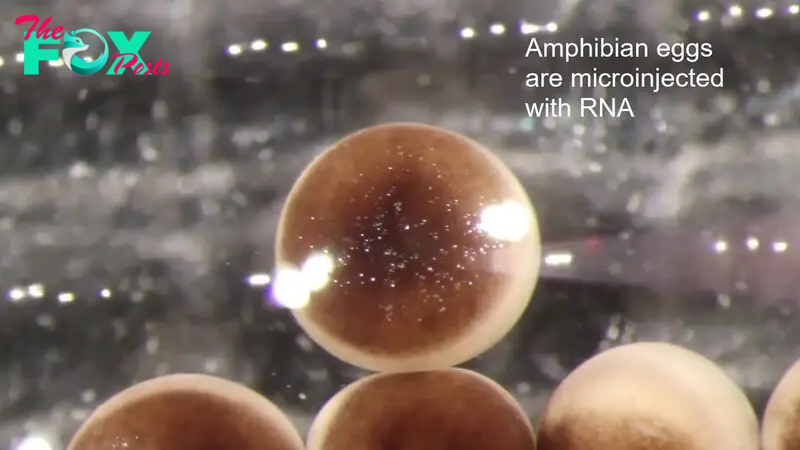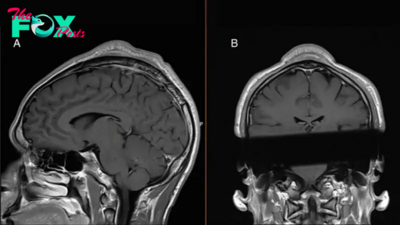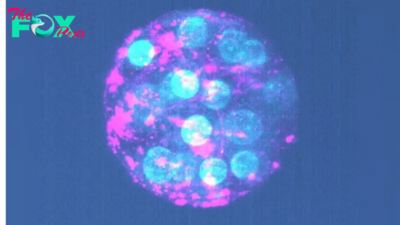Health
Some cells can enter a 'third state that lies beyond the traditional boundaries of life and death.' Here's how.
Life and death are traditionally viewed as opposites. But the emergence of new multicellular life-forms from the cells of a dead organism introduces a "third state" that lies beyond the traditional boundaries of life and death.
Usually, scientists consider death to be the irreversible halt of functioning of an organism as a whole. However, practices such as organ donation highlight how organs, tissues and cells can continue to function even after an organism's demise. This resilience raises the question: What mechanisms allow certain cells to keep working after an organism has died?
We are researchers who investigate what happens within organisms after they die. In our recently published review, we describe how certain cells — when provided with nutrients, oxygen, bioelectricity or biochemical cues — have the capacity to transform into multicellular organisms with new functions after death.
Related: Scientists invent 'shape-shifting' antibiotic to fight deadly superbugs
Life, death and emergence of something new
The third state challenges how scientists typically understand cell behavior. While caterpillars metamorphosing into butterflies, or tadpoles evolving into frogs, may be familiar developmental transformations, there are few instances where organisms change in ways that are not predetermined. Tumors, organoids and cell lines that can indefinitely divide in a petri dish, like HeLa cells, are not considered part of the third state because they do not develop new functions.

Xenobots are also able to perform kinematic self-replication, meaning they can physically replicate their structure and function without growing. This differs from more common replication processes that involve growth within or on the organism's body.
Researchers have also found that solitary human lung cells can self-assemble into miniature multicellular organisms that can move around. These anthrobots behave and are structured in new ways. They are not only able to navigate their surroundings but also repair both themselves and injured neuron cells placed nearby.
-

 Health6h ago
Health6h agoTeens Are Stuck on Their Screens. Here’s How to Protect Them
-

 Health12h ago
Health12h agoHow Pulmonary Rehab Can Help Improve Asthma Symptoms
-

 Health12h ago
Health12h ago10 Things to Say When Someone Asks Why You’re Still Single
-

 Health1d ago
Health1d agoThe Surprising Benefits of Talking Out Loud to Yourself
-

 Health1d ago
Health1d agoDoctor’s bills often come with sticker shock for patients − but health insurance could be reinvented to provide costs upfront
-

 Health1d ago
Health1d agoHow Colorado is trying to make the High Line Canal a place for everyone — not just the wealthy
-

 Health2d ago
Health2d agoWhat an HPV Diagnosis Really Means
-

 Health2d ago
Health2d agoThere’s an E. Coli Outbreak in Organic Carrots



























